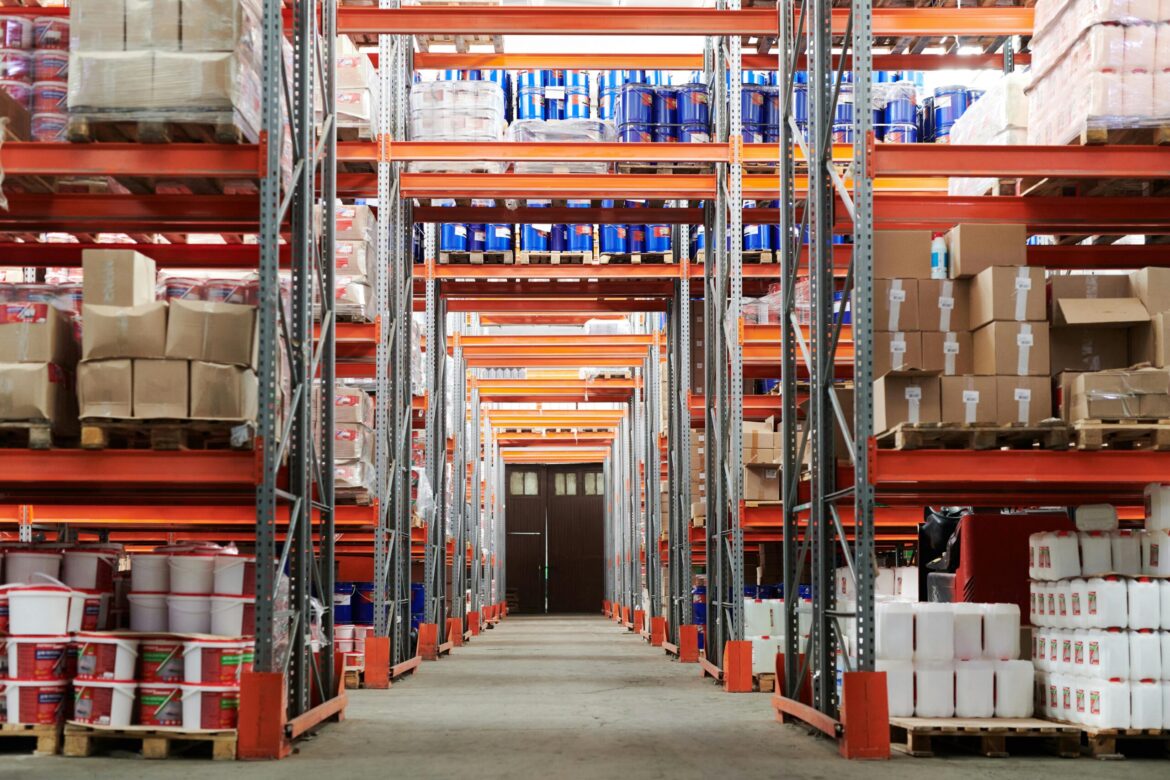Warehouses often hold the lifeblood of a business, inventory, equipment, and valuable data. Yet, they’re also some of the most overlooked when it comes to security planning. While many homeowners invest in home security systems to protect their personal property, businesses must take a much broader and more strategic approach. Warehouses, in particular, need multi-layered protection to guard against theft, vandalism, unauthorized access, and even environmental hazards like fires or leaks.
Whether you manage a small distribution hub or a massive logistics center, this commercial security checklist will help ensure your facility is protected from every angle.
1. Control Who Comes and Goes
Access control is the foundation of warehouse security.
- Install keycard or mobile-based entry systems to eliminate lost keys and track employee movement.
- Set access levels based on job roles—limit sensitive areas like IT rooms or high-value storage zones.
- Review access logs regularly to detect unusual patterns or unauthorized entry attempts.
Pro Tip: Combine your access control with identity verification like badge photos or biometric scanning for extra assurance.
2. Keep Eyes on Every Angle
Surveillance is your 24/7 watchdog.
- Use high-resolution cameras with night vision and wide dynamic range to cover dark corners and exterior perimeters.
- Choose remote viewing systems so management can monitor live footage anytime, anywhere.
- Integrate motion alerts, many modern security platforms send real-time notifications for suspicious movement after hours.
Recommended Tool: Hanwha Vision and Alarm.com cameras are industry favorites for reliability and integration with other systems.
3. Secure Your Entry Points
Doors, windows, and loading docks are common weak spots.
- Reinforce exterior doors with heavy-duty locks and steel frames.
- Use dock door sensors to detect when a bay is left open.
- Check that windows and skylights are shatter-resistant or protected by bars or grilles.
A single unmonitored entrance can become the easiest path for intruders, especially at night or during shift changes.
4. Protect Against Environmental Threats
Not all risks are human. Fires, floods, and temperature changes can be just as devastating.
- Install smoke and carbon monoxide detectors that are integrated with your alarm system.
- Use water leak sensors in areas with plumbing or near HVAC systems.
- Consider temperature monitoring for sensitive inventory or electronics.
These preventative tools can save your business thousands in lost stock or downtime.
5. Strengthen Perimeter Defenses
The area outside your building is your first line of defense.
- Add motion-activated lighting to deter trespassers.
- Fence the property with secured gates and keypad or RFID entry.
- Use signage to make it clear that your facility is under surveillance—visibility alone often discourages crime.
6. Implement Cyber and Network Protection
With modern commercial security systems tied to the cloud, physical and digital security must go hand in hand.
- Secure Wi-Fi networks for all connected devices.
- Change default passwords and enable two-factor authentication for security dashboards.
- Train staff to recognize phishing or social engineering tactics that could compromise your system.
7. Don’t Forget the Human Element
Even the best technology can’t replace awareness and accountability.
- Conduct routine security audits and update procedures as your business grows.
- Train employees on emergency response plans and security best practices.
- Encourage a see something, say something culture to spot issues early.
Final Thoughts
Warehouse security isn’t just about locks and cameras, it’s about building a proactive system that blends technology, policy, and people. When all three work together, you minimize risks and maintain operational confidence.
If you’re unsure where to start, Wise Security Solutions offers expert consultation and installation for everything from access control to video surveillance. Let’s make sure your warehouse is not just operational, but truly secure.



